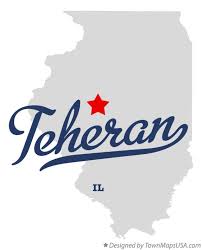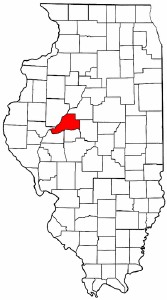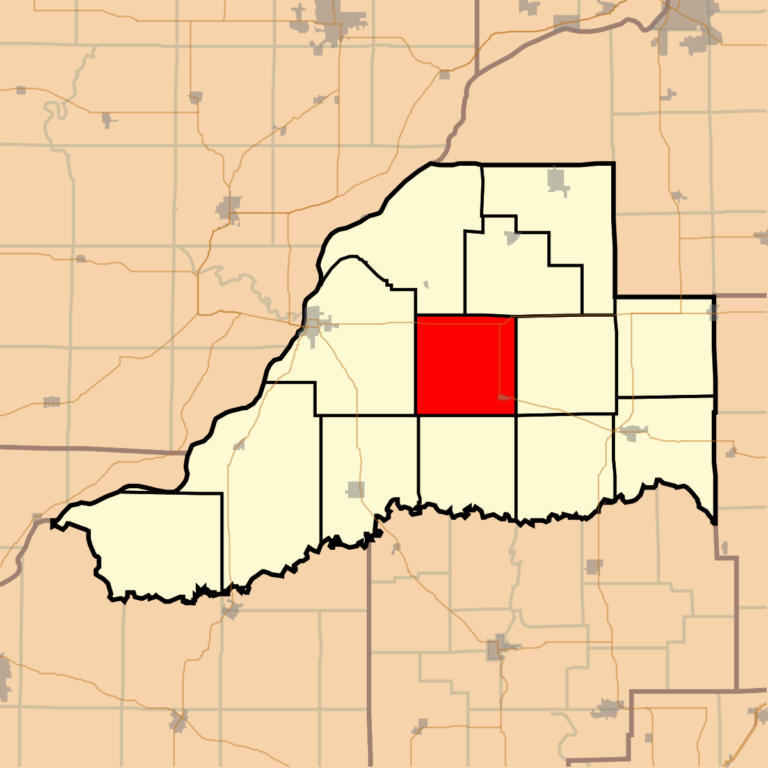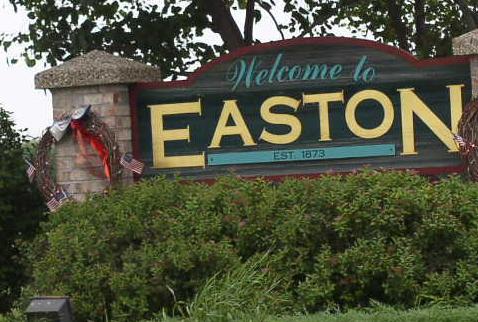Bio Sketches- Pennsylvania Township
Upcoming Schedule March 2-6- Salt Creek Township March 9-13- Forest City Township March 16- 20- Quiver Township March 23-27- Manito Township March 30-April 3- Lynchburg Township April 6-10- Bath Township April 13-17- Kilbourne Township April 20-30 Mason City Township May 4-8- Allen’s Grove May 11-22- Havana Township BIOGRAPHICAL SKETCHES- PENNSYLVANIA TOWNSHIP DAVID…




